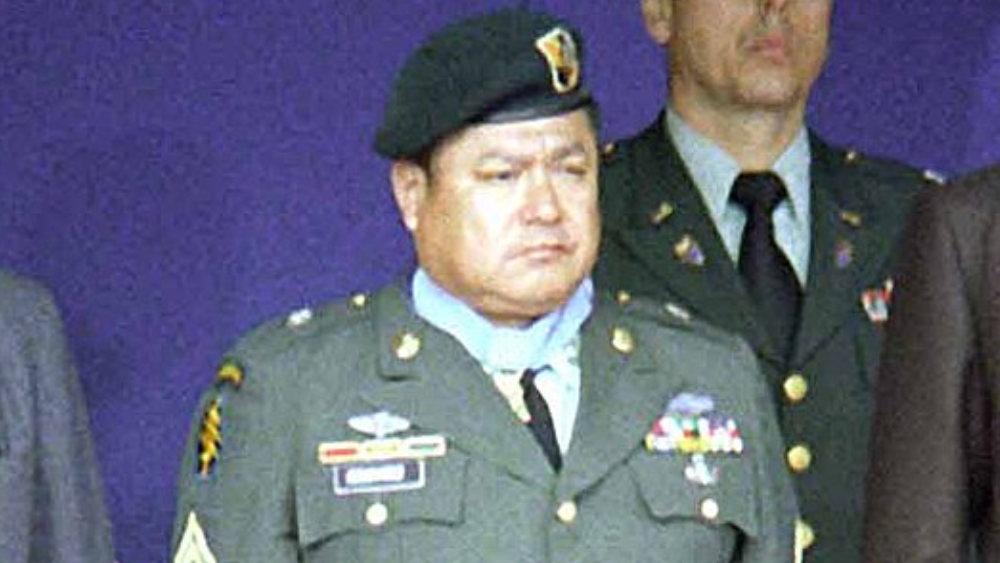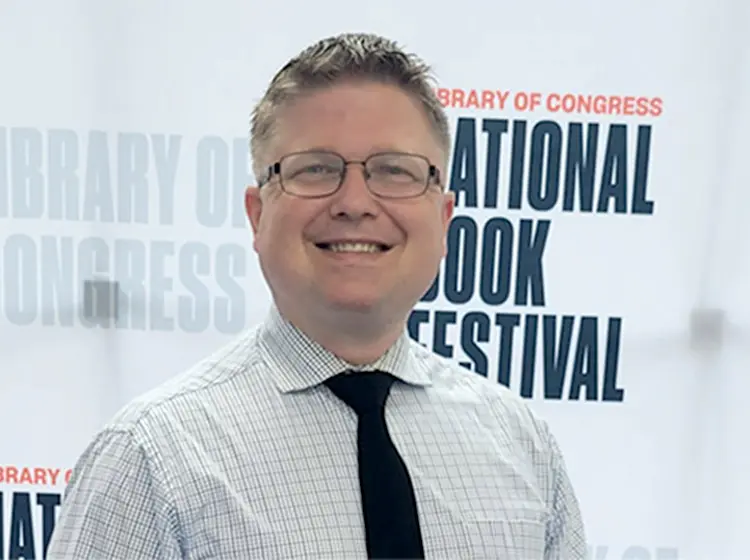In the annals of American military history, few names command the same reverence as Master Sergeant Roy P. Benavidez. A decorated war hero of the Vietnam War, Roy Benavidez was awarded five Purple Hearts, the Distinguished Service Cross, and ultimately the Medal of Honor for his extraordinary valor. His story is not just one of battlefield heroics but also perseverance, grit, and unwavering dedication to duty and country.
This is the powerful and inspiring story of Roy Benavidez—a man who defied death, overcame overwhelming odds, and became a symbol of bravery for generations to come.
Humble Beginnings in Texas
Roy P. Benavidez was born on August 5, 1935, in Cuero, Texas, to a Mexican-American father and a Yaqui Native American mother. By age seven, Roy lost both parents, forcing his extended family in El Campo, Texas, to raise him. He battled poverty and discrimination during the Great Depression, facing hardship from the start.
From a young age, Roy worked alongside his brother and relatives in cotton fields to support the family. He dropped out of school in the seventh grade to work full-time, but despite the challenges, he carried within him a strong sense of discipline and patriotism. Eventually, those qualities would lead him to the U.S. Army.
The Call to Serve
Benavidez enlisted in the Texas Army National Guard in 1952 while still a teenager. Later, he joined the regular Army, and it quickly became clear that he was a talented and disciplined soldier. He earned his jump wings as a paratrooper and later qualified for the elite Special Forces (Green Berets), where he specialized in intelligence and reconnaissance.
By the mid-1960s, America was heavily engaged in the Vietnam War. Roy Benavidez volunteered for deployment, believing it was his duty to stand beside his brothers-in-arms.
First Deployment and Near-Paralysis
Benavidez’s first tour in Vietnam in 1965 ended abruptly when he stepped on a landmine during a patrol. The blast left him with severe spinal and brain damage, and doctors concluded he would never walk again. They began preparing his discharge papers for medical reasons.
But Roy Benavidez wasn’t the kind of man to accept defeat. Against medical advice and in agonizing pain, he began a personal rehabilitation program in secret. He dragged himself out of bed each night to strengthen his legs. After over a year of relentless effort, he stunned the medical staff by walking out of the hospital under his own power.
In 1968, he returned to Vietnam for a second tour of duty—stronger, more determined, and ready to fight.
The Mission: May 2, 1968
The event that would forever define Roy Benavidez’s life—and military history—occurred on May 2, 1968.
At dawn, a 12-man Special Forces reconnaissance team was inserted into a dense jungle near Loc Ninh, Vietnam, near the Cambodian border. Unknown to them, they had landed in the middle of a North Vietnamese Army (NVA) base with an estimated 1,000 enemy soldiers. The team was quickly surrounded, and radio calls for extraction became increasingly desperate.
Roy Benavidez, then a Staff Sergeant, heard the calls over the radio at the forward operating base. Without hesitation, he jumped aboard a rescue helicopter, armed with only a knife and his medical bag. He knew the odds were slim, but he couldn’t let his comrades die without trying to save them.
What followed was a six-hour ordeal of nearly superhuman endurance and bravery.
Six Hours in Hell
As soon as Benavidez landed, he ran 75 yards through withering enemy fire to reach the trapped team. He took bullets to the leg and face during the dash, but kept running, refusing to stop.
Despite his injuries, he administered first aid, pulled wounded soldiers to safety, organized their defense, called in air support, and distributed ammunition—all while under intense fire. At one point, he was bayoneted, beaten with a rifle butt, and shot again. He later said, “I was holding my insides with one hand and firing my weapon with the other.”
He stayed behind and ensured every wounded soldier boarded the final rescue helicopter before allowing himself to be evacuated. Only then did he collapse.
He had suffered 37 separate wounds from bullets, shrapnel, and a bayonet. Medics at the evacuation point initially presumed he was dead. They placed him in a body bag. As a doctor was zipping it shut, Benavidez—unable to speak and nearly paralyzed—spit in the doctor’s face to show he was still alive.
Five Purple Hearts and a Medal of Honor
Roy Benavidez’s actions on May 2, 1968, earned him widespread admiration within the military. Initially awarded the Distinguished Service Cross, the second-highest military decoration, it wasn’t until 1981 that his story came to light in its full detail. His former commanding officer, who witnessed the battle, advocated for an upgrade to the Medal of Honor.
After a long process, President Ronald Reagan awarded Roy Benavidez the Medal of Honor in a White House ceremony on February 24, 1981. During the ceremony, Reagan reportedly turned to the audience and said, “If the story of his heroism were a movie script, you would not believe it.”
Benavidez earned five Purple Hearts, which the U.S. military awards to service members wounded or killed in action. His injuries were so extensive and numerous that the military awarded multiple Purple Hearts to reflect the distinct events in which he was injured during combat operations.
Life After War
Following his retirement from the Army in 1976 due to his war injuries, Benavidez dedicated his life to public speaking, Veterans’ causes, and education. He traveled the country, speaking to schoolchildren, civic groups, and fellow veterans about patriotism, sacrifice, and determination.
He used his own life as an example of overcoming adversity, reminding young people that “an education is the key to success.” His messages were powerful and personal, shaped by his own real experiences.
Despite his ongoing health struggles and lingering war wounds, Benavidez remained active in public life until he died in 1998.
Death and Legacy
Roy Benavidez passed away on November 29, 1998, at the age of 63, from complications related to diabetes. He received full military honors and now rests at Fort Sam Houston National Cemetery in San Antonio, Texas.
His legacy, however, continues to grow.
Honors in His Name:
- The U.S. Navy honors him by naming a cargo ship, the USNS Benavidez (T-AKR-306), in his name.
- Roy P. Benavidez Elementary School in Houston, Texas, was dedicated to his memory.
- Numerous military installations, schools, and streets across the country bear his name.
- His autobiography, “Medal of Honor: A Vietnam Warrior’s Story,” continues to inspire readers and military personnel alike.
What Made Roy Benavidez Extraordinary?
While Roy Benavidez’s actions during those six hours of combat are enough to ensure his place in history, what truly makes him stand out is the broader narrative of his life:
- A boy who lost both parents and dropped out of school to work in the fields.
- A soldier who overcame paralysis to return to the battlefield.
- A hero who refused to leave his fellow men behind, no matter the cost.
- A man who transformed personal pain into a platform for public good.
He represents the very best of what it means to serve—not just in the military, but in life.
Final Thoughts
Roy Benavidez’s story is more than a tale of military valour; it is a testament to the human spirit’s strength. His life reminds us that heroism isn’t always about invincibility—it’s about resilience, love for others, and the will to never give up, even in the face of overwhelming odds.
The five Purple Hearts pinned to his uniform are a testament to his suffering, courage, and sacrifice. But beyond the medals and honors, it is the legacy of a man who lived and breathed the values of service, loyalty, and determination that continues to inspire.
As we tell stories of courage, we keep the name Roy Benavidez alive—not just as a soldier, but as a living legend.








